The chart below was created using the information provided by Statista. It shows the epoxy market value worldwide in 2015 and 2022.
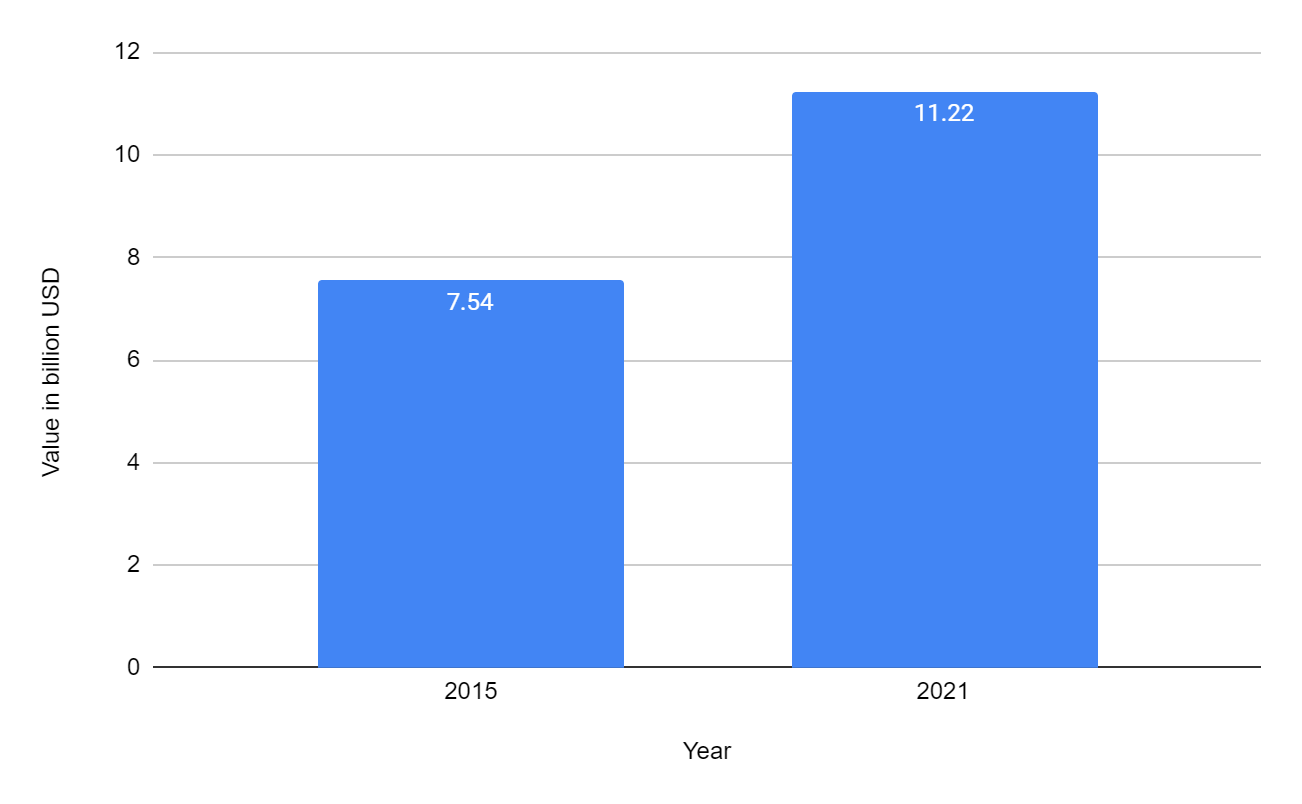
The demand is undoubtedly there, but many people want to remove epoxy from concrete. The reason can be,
- Doesn’t want a dangerously slippery surface in their old age.
- It gets cracks, scratches, and wear and tear over the period, making the epoxy floor ugly.
Or it can be any reason.
Epoxy, once cured, achieves ultimate strength and becomes chemically inert. While it’s not impossible, but, It’s difficult to remove a cured epoxy. Therefore, if possible, try to remove epoxy when it’s uncured.
The list is finite, and most of the things you can do to remove epoxy from concrete require some solid chemicals and equipment. Below I’ve separated methods to remove cured epoxy and remove uncured epoxy.
Remove Uncured Epoxy
Epoxy generally takes one week to be cured. Meanwhile, if, in any case, you want to remove it, follow the below methods.
Isopropyl alcohol
90% Isopropyl alcohol not exactly helps to remove epoxy flooring, but it helps to loosen the epoxy, which helps it to get removed by a scrapper tool. Isopropyl alcohol or Isopropanol breaks the chemical bonds of the epoxy and hence helps to decompose/loosen epoxy.
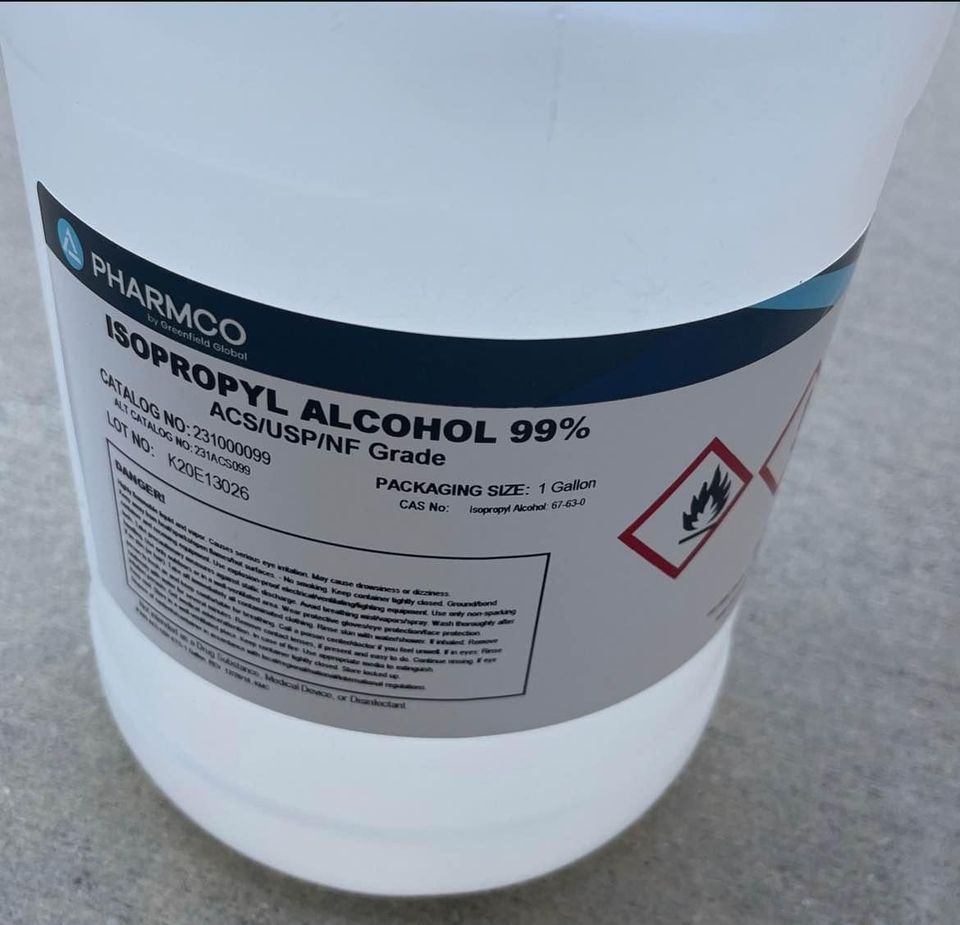
Isopropyl alcohol is suitable when the epoxy is moderately viscous like honey.
Denatured Alchohol
If the epoxy is stubborn like hard chewing gum, then a more potent solvent like Denatured Alchohol / Ethanol is suitable for removing epoxy paint.
This, too, is used to loosen the epoxy and later can be scrapped by a scrapper tool.

4 gallon denatured alcohol is suitable for 100 sq ft epoxy floor.
Acetone
Acetone can be used for both cured and uncured epoxy flooring removal. However, as I already said above, it’s better to remove epoxy while it’s soft.
According to the research, when mixed with epoxy, acetone decreases its viscosity which eases the removal of the epoxy.
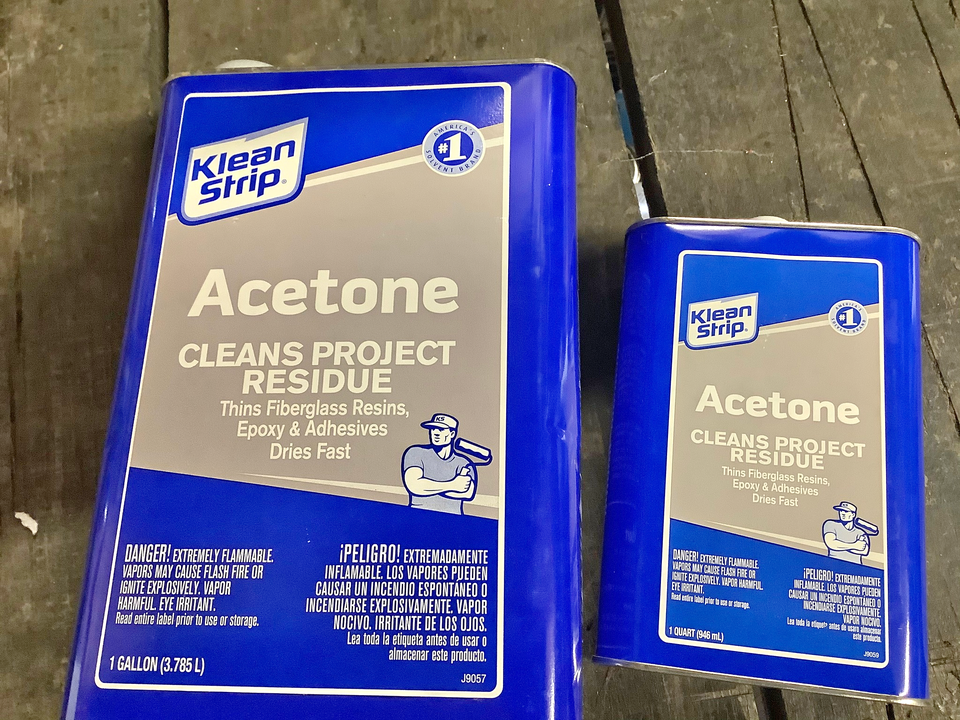
Spread acetone on the epoxy surface and let the epoxy soak it. Later, you can scrape the loosened epoxy off with a putty knife.
Paint thinner is a great alternative to acetone.
Apart from the three methods mentioned above, you can also follow the below two ways. However, I don’t recommend this as a first preference.
- Use a heat gun to apply heat to the epoxy flooring surface. If the epoxy is uncured, it must be soft. The heat gun can further soften the epoxy. After that, you can scrape the epoxy.
- Also, if the uncured epoxy is stubborn, you can scrape it using a wallpaper scraper and your muscle power.
Remove Cured Epoxy
Do you want to remove cured epoxy paint from floors like the garage floor? Epoxy paint that has been cured is hardened epoxy paint.
Cured epoxy cannot be dissolved in any solvent. I’ve read dozens of online solutions, and they are all just junk. If you come across blogs suggesting vinegar, soap, etc., ignore them. For cleaning epoxy floors, they might be helpful, but not for removing them.
However, there’re some methods you can try apart from using chemicals. There is, however, no guarantee that these methods will remove epoxy flooring altogether.
Why am I saying this?
It’s surprising how much epoxy can penetrate a porous concrete floor, so even if you manage to remove the epoxy flooring, the stains may be difficult to remove from the concrete floor. If you’re okay with that, follow these steps.
⭐Top Method: Use A Floor Grinder
This is the best way to remove epoxy. The cost of floor grinders is high, but if you cannot afford one, you can rent one. There are plenty of options available at Home Depot. Concrete floor grinders with fine-grit abrasives can be used to remove epoxy from concrete floors. 16-grit abrasives are suitable for this operation. Furthermore, you can use PCD tooling for better results.
If the grinder is not used correctly or the wrong abrasive is used, it could cause more harm than good. There is a possibility that you will not get the results you expect.

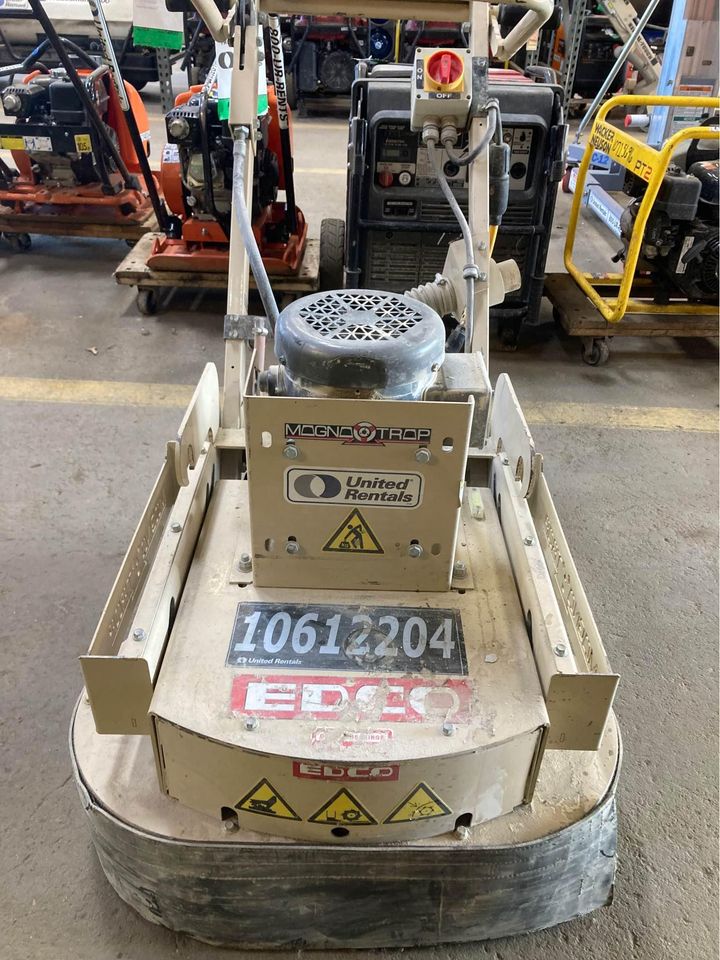
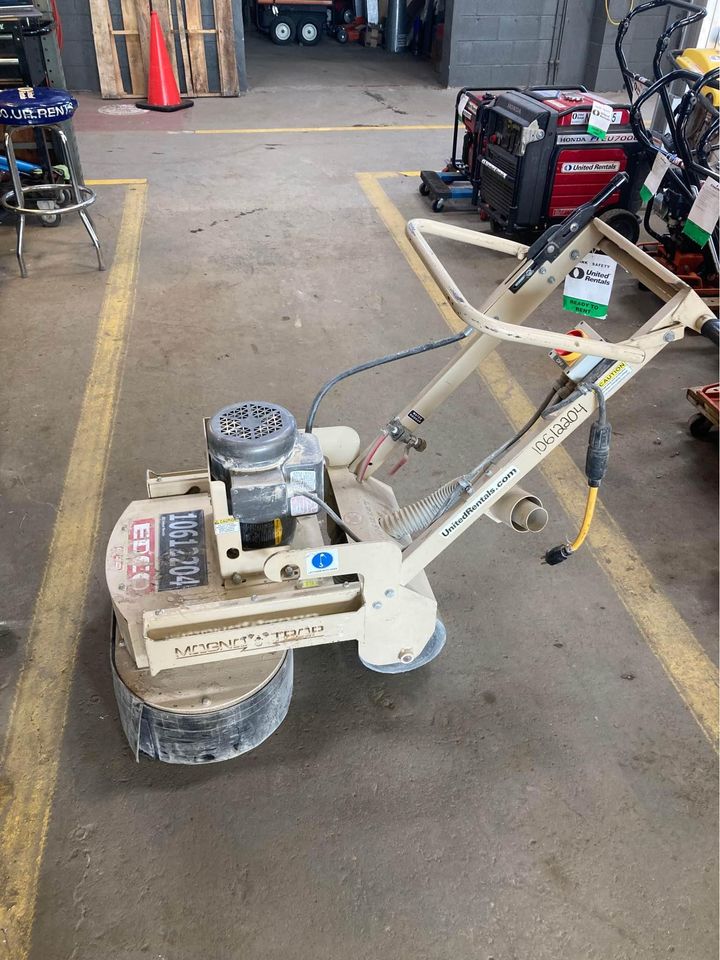
I rented this floor grinder, and my garage floor was easily stripped of epoxy coatings using it. To accomplish this, you have to put serious time and effort into it.
The best way to start is to grind a small area at a time if you’re not sure where to begin.
The floor grinders are too large for cutting through edges and corners, so consider using an angle grinder instead.
Acetone
In the above section, I have already recommended using acetone for uncured epoxy. However, you can also use it on cured epoxy. Even though it does not work as well on cured epoxy as on uncured epoxy, it can loosen the epoxy so it can be scraped away.
This is not a recommended solution, but you can try it if nothing works.
It’s essential to apply acetone over the epoxy layer and allow it to sit for several minutes. Acetone won’t dissolve epoxy. However, it will loosen the epoxy. Using a scraper tool, scrape the epoxy off.
The leftover acetone will be evaporated automatically on its own.
Caustic Strippers
For removing epoxy paint, caustic strippers are another alternative to acetone. Both work almost the same way. The acid can then break down the bonds between the concrete and the epoxy, allowing you to remove epoxy flooring.
With a caustic stripper, old epoxy can be removed without damaging the concrete below.
First, apply caustic strippers to the epoxy. Allow it to sit for a few minutes.
As the epoxy soaks up the caustic strippers, it becomes softer.
Finally, use a scraper to remove epoxy from the edges.
As caustic strippers are highly toxic, you should wear safety equipment to protect your skin, eyes, and lungs.
Dry Ice Blasting
It is one of the best ways to remove epoxy, but it is also one of the most expensive. In addition to working wonderfully, dry ice blasts are perfect for multilayer epoxy. There are no chemicals or high pressures involved in this process.
The dry ice pellets are constantly fired at the epoxy coat in this method. As soon as these low-temperature ice pellets hit the epoxy, they turn into gas and make the epoxy brittle. This method doesn’t leave any residues, unlike other methods. Moreover, it won’t ruin the concrete surface underneath.
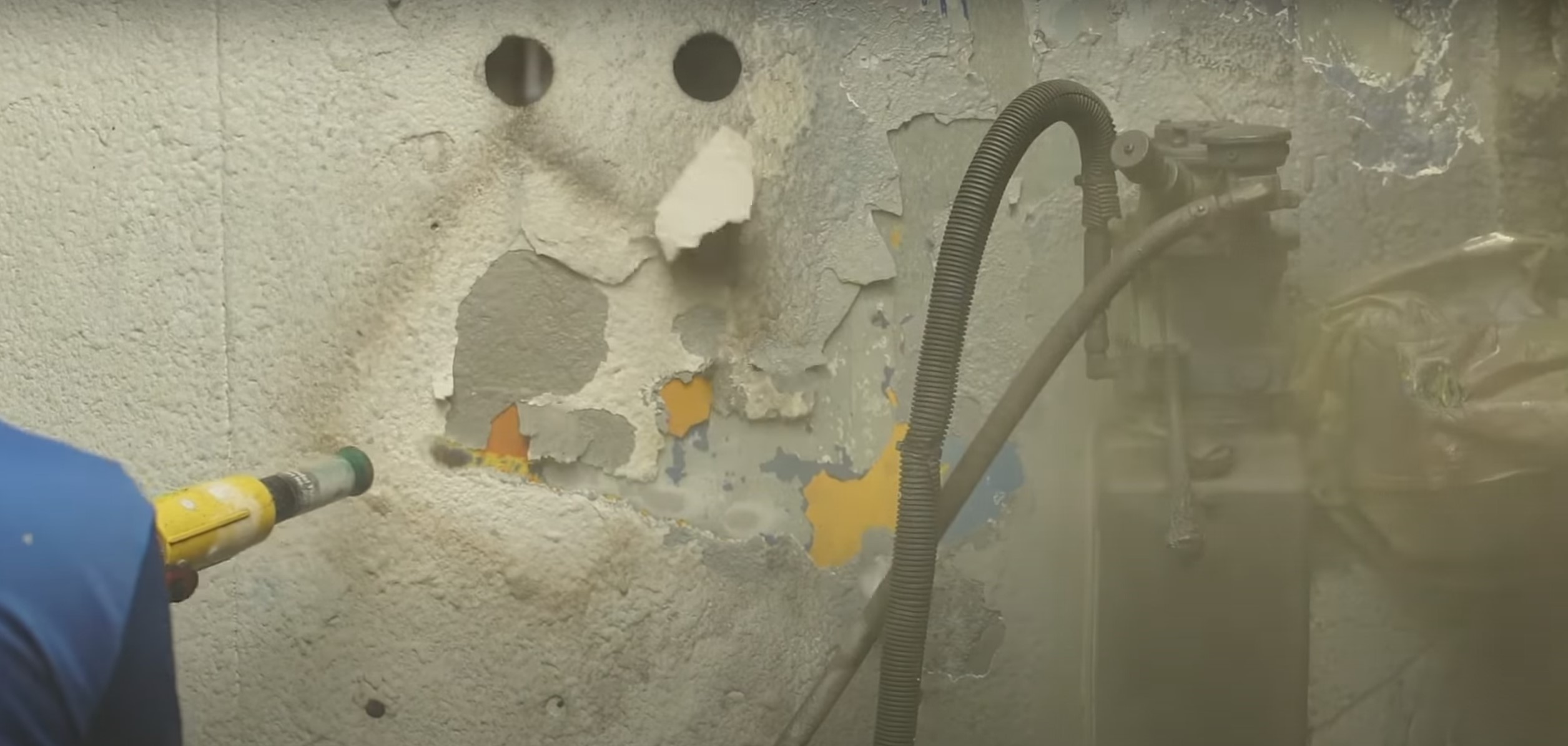
There is one downside to this method, which is that it is not DIY-friendly. It is necessary to rent dry ice-blasting tools, or you can hire a professional who provides this service. It’s better to hire a professional dry ice blasting service. Typically, it costs $400 per hour. Dry ice used in this process is also EPA, USDA and FDA approved.
A Sandblaster Will Also Work / Pressure Washer
You can also effectively remove hardened epoxy from your floor with a sandblaster. Additionally, it will leave minor scuff marks on the concrete floor. Unlike the ice-blasting method, this method leaves behind a residue that needs to be cleaned.
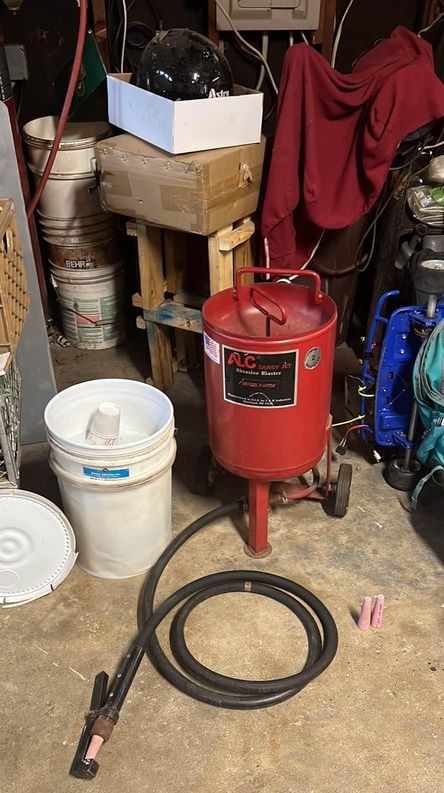
In the same way as ice blasting, this method uses high-speed sand particles to remove epoxy. To accomplish this task, either rent a sandblaster or hire a professional. Professionals charge between $2000-$5000 for sandblasting 1000 sq ft floor according to fixr.
Alternatively, you can use a pressure washer to remove epoxy paint. For better results, use hot water and keep the pressure under 1500 psi.
Alternatively, You Can Hire An Expert
To remove epoxy coating from your concrete floor, the first thing that comes to mind if you’ve never dealt with epoxy before would be to hire an expert in the field to help you get rid of it.
Wear rubber gloves, eye goggles, and a dust mask when handling caustic strippers, acetone, denatured alcohol, etc., as safety measures. Be sure to do these processes in a well-ventilated area as well.
Professionals should handle methods such as sandblasting and ice-blasting to remove epoxy flooring.
You can watch and learn the process while they are doing it, so if anything goes wrong, you can handle it yourself without spending extra money on an expert.
Leave a Reply